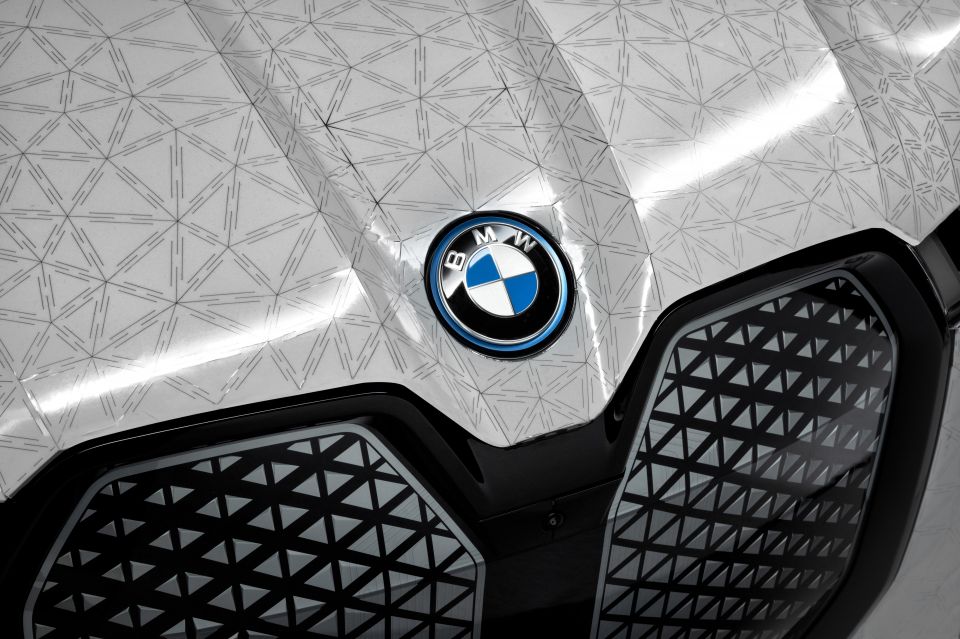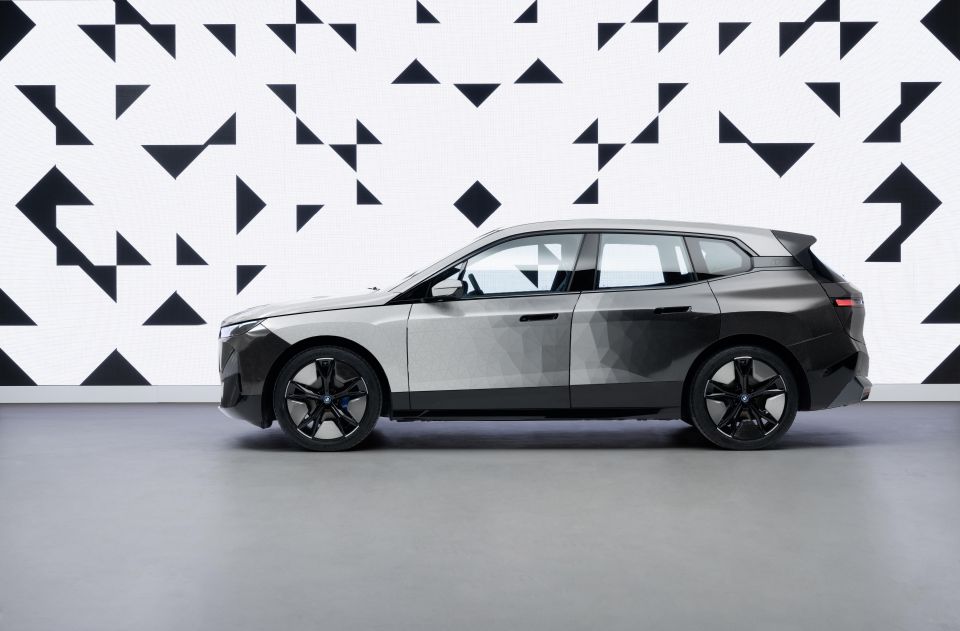

James Wong
2026 Audi SQ5 review: Quick drive
5 Days Ago

Senior Road Tester
It might seem too far-fetched for anything aside from the next James Bond, but the idea of pressing a button on the infotainment screen and your BMW iX going from plain white to Isle of Man Green may be just around the corner.
What’s more, Australian scientist and Research and Development Engineer for the BMW Group, Dr Stella Clarke, is leading the charge when it comes to the cutting-edge electrophoretic technology that’s used to create the magic.
While Dr Clarke didn’t invent E Ink – that was the work of MIT undergraduates JD Albert and Barrett Comisky – she’s the first to take the technology from eReaders and apply it to cars, making BMW the first carmaker able to change an exterior colour at the touch of a button.

The possibilities are endless according to Dr Clarke who was born in Sydney, where she studied Mechatronics at the University of New South Wales.
She also has a B.SC. and M.SC. from Penn State University in the United States, and a Doctorate in Mechanical Engineering from the Technical University of Munich for “Telecontrol of Robots with Haptic Input Devices”.
“At the moment there are only a handful of E Ink colours available, so while we used Black and White on the BMW iX Flow, readily available are also red and white, green and white, and blue and white – which we could have also used,” Dr Clarke told CarExpert.
“But even though there are only a limited number of E Inks around at the moment, the entire colour spectrum available is almost limitless because we can mix those pigments to make any number of colours, which opens up all kinds of applications for our brands.”


Think of E Ink as a sophisticated car wrap made up of several (or more) layers of specially-developed substrates which contain millions of microcapsules the diameter of a human hair, which are then stimulated by electrical signals that effectively brings different colour to the surface – thereby changing the car’s exterior colour at the touch of a button.
Dr Clarke and the team at BMW are at the forefront of this technology. While it’s still early days, the commercial possibilities are exciting when it comes to personalisation.
“While our prototype work may be with the iX Flow EV platform, just looking at the i3 over there on the floor in black, those blue accents come to mind as elements that can change colour, or switching from blue to red when Sport mode is engaged.
“Think about our Mini brand and the opportunities to personalise with magically appearing sports stripes that contrast with an existing colour of the car. There are so many opportunities to explore with this technology going forward,” Dr Clarke said.
“Even the term ‘Flow’ has been carefully chosen to reflect another type of visual effect, whereby the transition from white to black happens in perfectly timed stages that look as if the triangular patterns on the E Ink are propagating, as if you were swiping from one colour to another as its own visual feature.”

Imagine switching the colour of your 2 Series from pearl white or grey to an old-school black and gold JPS colour scheme via a ‘morph’ button on the steering wheel. The possibilities seem endless in this regard.
Moreover, the technology also has additional benefits when it comes to thermal efficiency around weather conditions and light and dark colours. For example, a white car reflects more sunlight than a black one on a hot day, or vice versa in colder climates when darker colours are far better at absorbing heat for more warmth.
With that also comes energy efficiencies. Less is required to heat or cool the car if the colour is right, which means less is required of the car’s battery, which could extend the range of an electric vehicle.
Then there are interior applications, like changing the colour of the dash from dark to light, which in effect could reduce the temperature in a locked car.
MORE: BMW iX Flow revealed MORE: 2022 BMW iX price and specs
Where expert car reviews meet expert car buying – CarExpert gives you trusted advice, personalised service and real savings on your next new car.


James Wong
5 Days Ago


Max Davies
4 Days Ago


Josh Nevett
3 Days Ago


Max Davies
3 Days Ago


Max Davies
1 Day Ago


Derek Fung
1 Day Ago